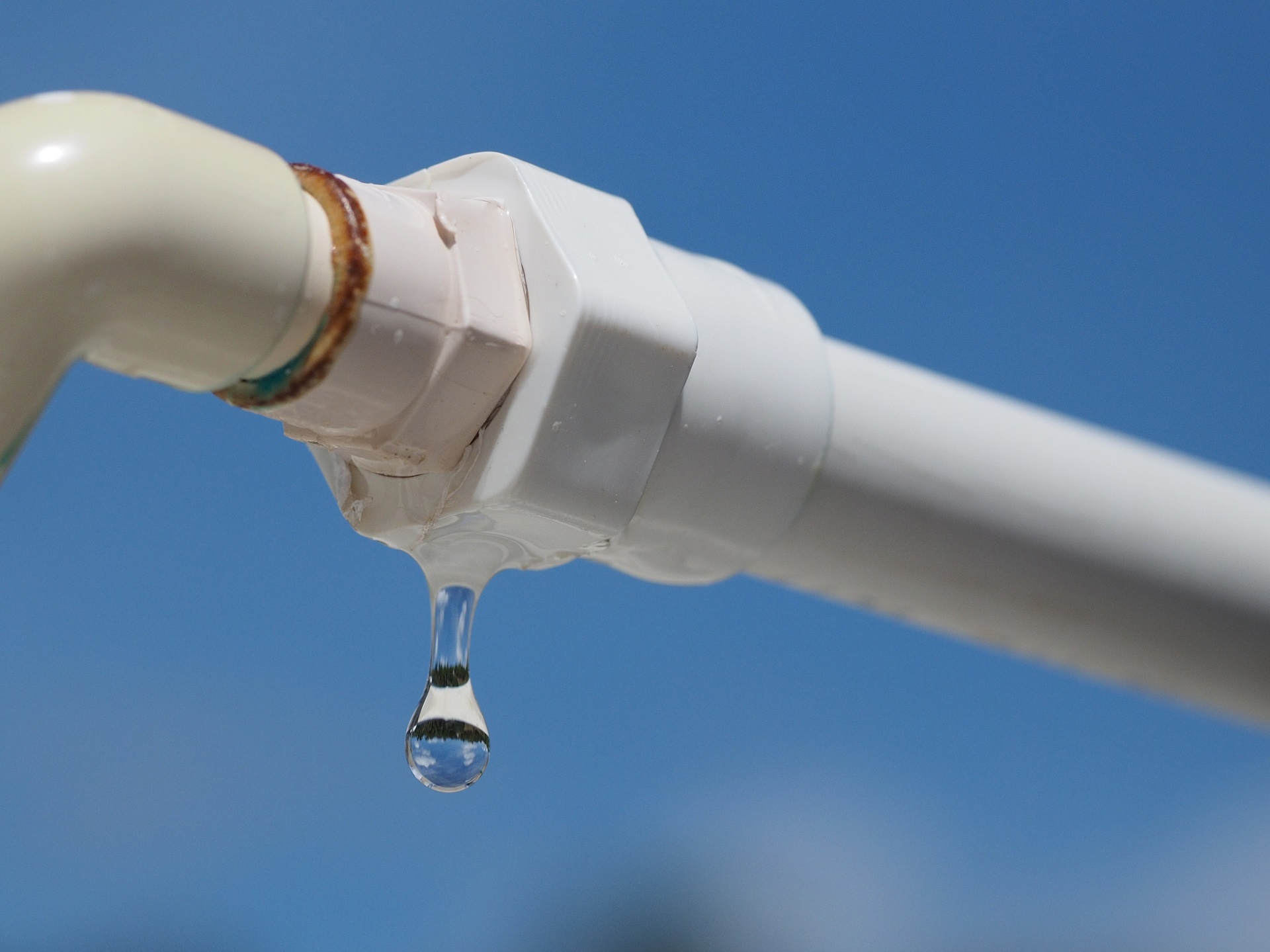Nobody likes dealing with water leaks, but unfortunately, they’re common in homes across the country. Whether it’s a leaky faucet or a major plumbing problem, leaks can cause a lot of damage and be costly to repair. So, where do you start looking for these pesky leaks? Keep reading to find out!
Identifying Common Water Leaks
Did you know it’s not uncommon for more than 20% of homes to have one unidentified water leak? Small leaks that go unidentified can significantly impact your water bill over time.
Track Your Water Bill
Look back on your water bill history over the past months or even years, and look for spikes. Summer lawn and garden watering are seasonal reasons that may cause higher water use but look at your bill for any other unexpected increases in water usage. Something seemingly insignificant as a running toilet can become a significant contributor, especially if it’s running 24/7. If your water bill spikes, start hunting.
Address The Leaks
- Listen for the running toilet: Is your toilet constantly running? Check your guest bathroom. Flush the toilet and time how long it takes to stop. Does it take minutes? If yes, you may have a problem. Open the toilet tank and look at the water level. If the water level is more than 1-inch above the tube, the flapper isn’t getting a good seal, and a repair is in order. You can also test for slow leaks into the bowl by dropping some food coloring into the tank. Drop it in and wait 15 – 20 minutes without flushing. If the color appears in the bowl, you have an issue, and a repair is needed.
If you’re still having difficulty identifying the issue, a YouTube Channel named ‘DIY on the House‘ offers multiple videos on identifying and fixing common toilet leaks. First, you can view their video ‘8 Common Toilet Leaks, How to Find Where Your Toilet is Leaking.’
- Inspect shower heads: Replacing O-rings, soaking the showerhead in vinegar to remove minerals, or replacing the head completely can stop showerheads from spaying water in unintentional directions.
- Inspect Faucets: Look at the source pipes of the faucets. Likely, you will discover the leak when the water is running. Therefore, after turning on the faucet, search for dampness in those darkened places. Plugging these leaks can also prevent mold buildup.
- Tune up your irrigation system: Irrigation systems can be the most subtle leaks. Busted sprinkler heads or constantly leaking supply lines boost your water bill. When the system runs, look for spraying valves and find ways to eliminate overspray onto concrete. A rain sensor is also a great way to ensure you’re not watering your lawn while it’s raining.
- Frozen Pipes: In the winter, water freezing in pipes causes the pipes to expand and burst. A simple way to prevent this is by removing and disconnecting all hoses from hose bibs.
Need to get in touch with a plumber or handyman? An excellent source to find companies in your area for help is Angie’s List and Nextdoor.
Like most people, you probably don’t check your water bill very closely. It’s not uncommon for homeowners to only review their water usage once a year – when they get their annual statement in the mail. However, if you have an unexpected spike in your water bill, it’s time to take a closer look at your home for water leaks. And even if your water bill is standard, it’s still a good idea to periodically check around your house for any telltale signs of a leaky faucet or running toilet.
If you’re looking to sell your house and make a move, give me a call – I’d be happy to help you out. 928.830.6976


 Facebook
Facebook
 X
X
 Pinterest
Pinterest
 Copy Link
Copy Link


